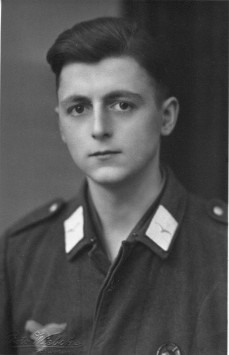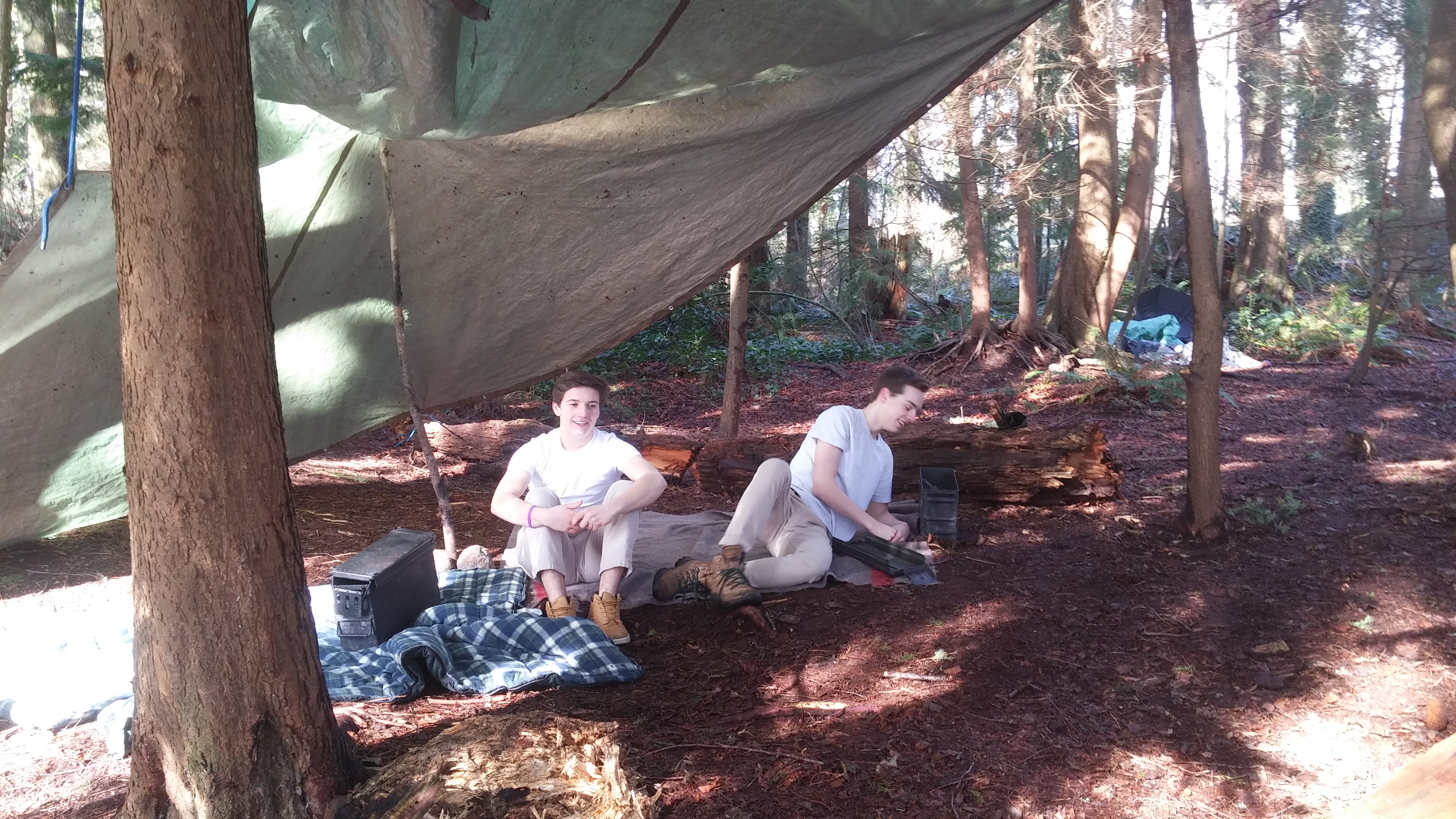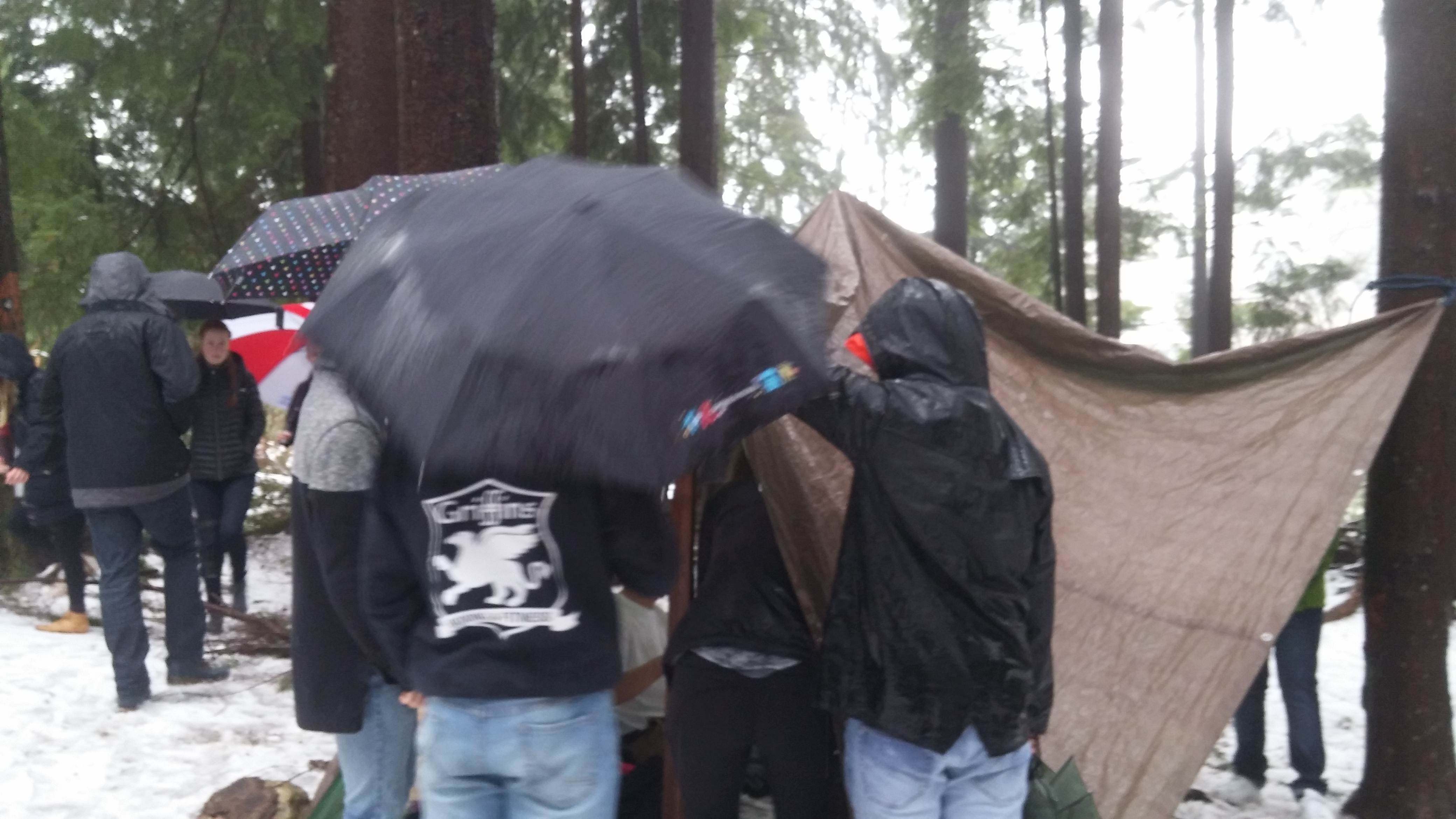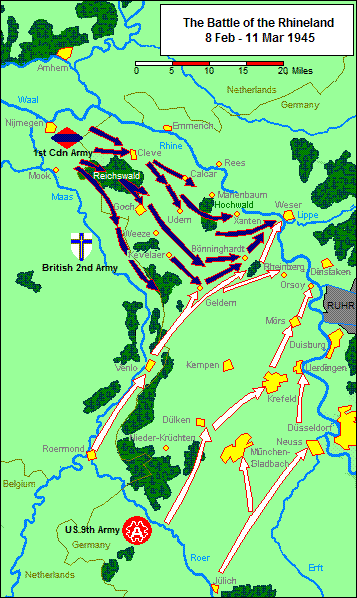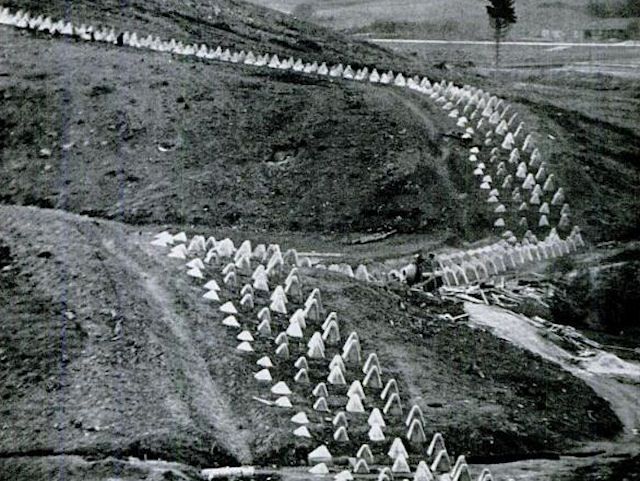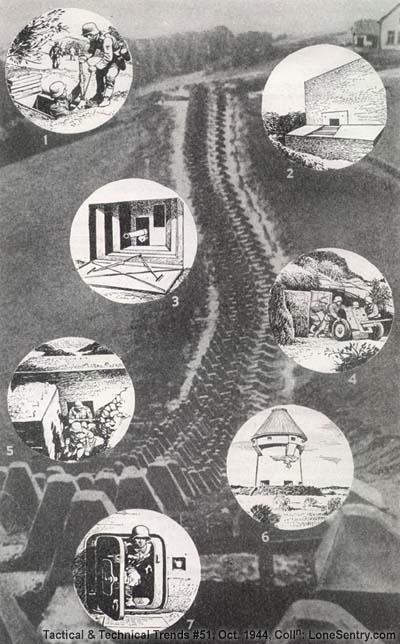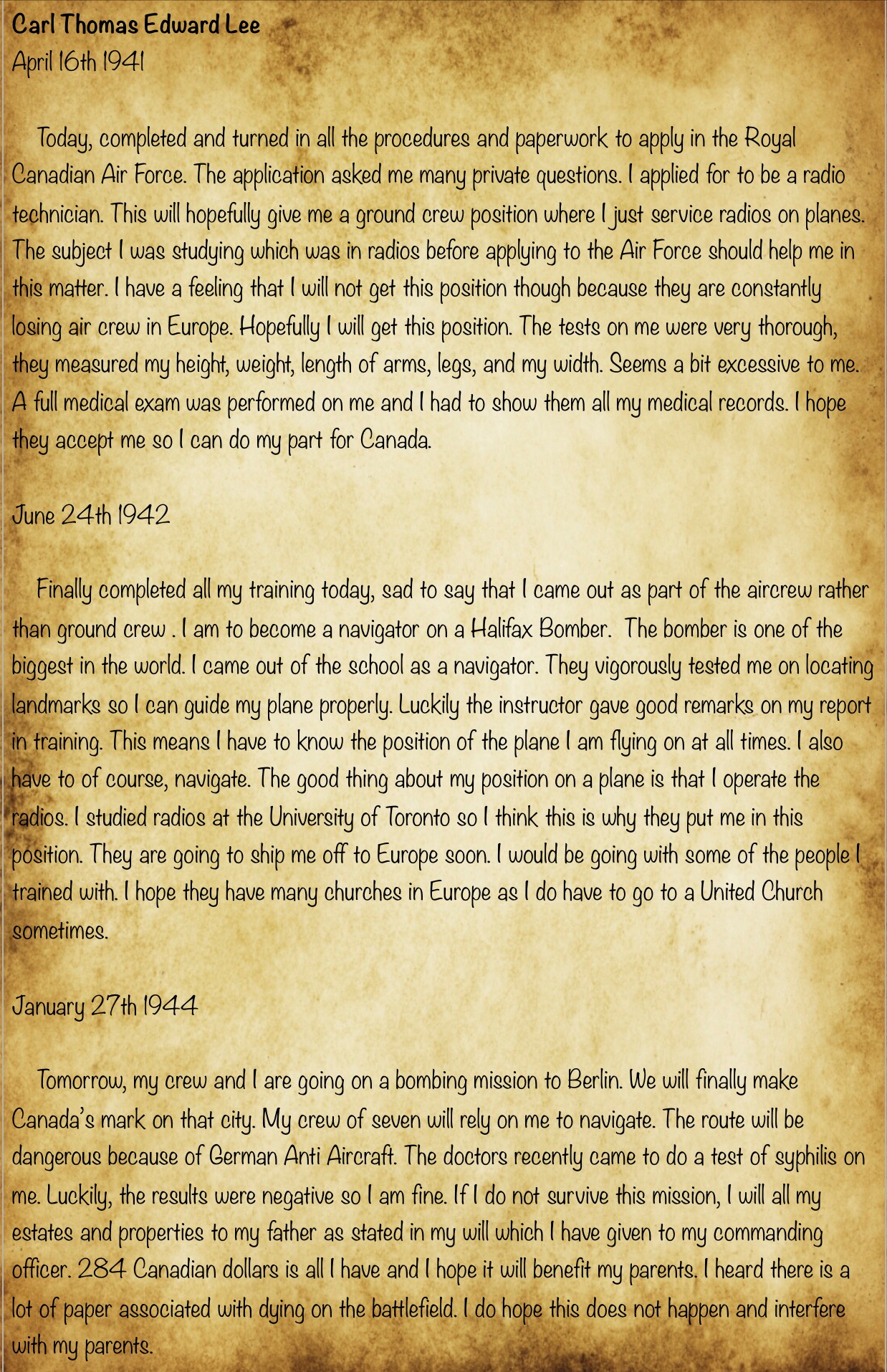People in the world are bound by very strong ties to others that are important to them. Whether or not this be family related or friendship, these ties are very strong and very often, commitment goes both ways. The world wars definitely put many of these relationships to the test as it strained them to their furthest extent. Some give up these ties and abandon the other while some strive on to carry out the commitment which the wars put upon them. I intend to show this through a recent interview with the charming Helmut Lemke, a German World War II veteran that served on the eastern front in the later stages of the war. His experiences after the war really shows the concept of self sacrifice.
Helmut Lemke, a German World War II veteran, has his share of achievements and Rambo moments. In the later stages of World War II he was called away from his family to join the fight at around 17 years of age. His first deployment would be his last. He destroys tanks with Panzerfausts (German anti tank weapon) and scares a Russian tank crew to abandon their T34 tank after he threatens them with a Panzerfaust. He is then wounded and sent back to Germany to recover. The war ends and he is taken is a prisoner of war in his hospital bed in Germany. After he is released he has a choice to start a new life elsewhere, or fulfill his commitment to his mother who he believes to be still at their family home. He says that a nagging feeling in the back of his head forced him to go and find his mother. He journeys across Germany back to his home on the most eastern tip of Germany prior to the war. Along the way, he is met with many near death situations as he is hitchhiking his way by train with no proper travel documents. Many encounters with Russians at gunpoint and situations led him to have to dig deep in this craftiness and he got out of these messes every time with the friend he was travelling with. Some examples include pretending that he was a cripple (he was only injured) to escape being shipped off to Siberia after he was discovered on a train by Russians. Another example is when he was stealing potatoes from the Russians to eat (they had no money) and a Russian discovers them and holds them at gunpoint. He pretends he is French and a nearby group of Frenchmen save him and his friend. He makes it to his mother who was stricken with typhus in their home. He says if he had not gone back to her mother. She would not have been alive any longer.
What I took away from this interview was how much Mr. Lemke was willing to sacrifice all for the sake of his mother and for duty to his country. While defending a defensive position in the Eastern front of World War II, he performed his duty without question and stayed to fight the enemy even when his comrades fled or retreated in the face of superior enemy numbers. His willingness to follows his orders let him have a couple of close brushes to death but that is what the concept of self sacrifice is about. Being willing to be killed in order to impede the enemy and going out to do it again and again shows his patriotism and most importantly, his willingness to sacrifice himself for others.
He crossed Germany has a man who was basically a criminal because he had no money, and by luck, got to her mother before she would be killed by typhus. He could have left his past behind him and continued down a more safe path to the future but he decided not to for sake of a relationship that is deeply rooted into his DNA, something that he has a commitment to and it must be completed. Even after he gets to mother healthy again, his commitment to keep his family safe from the Russians leads him to move the entire family to West Germany. Him going by himself would have been so much easier but he takes the entire family because is such a selfless man.
The concept of self sacrifice is seen everywhere everyday. People still do it in the military simple acts such as a doing a favor or simply helping others shows people how this concept is an important and fundamental piece in society and human nature. This is because of no one helped each other only did things for gain. The human race would be a bleak and miserable people.
Below is a podcast that I did with my other PLP friends Luciano and Spencer. This was our first blog post so things were quite awkward while working out how to record it. I thought I was going to be good at it because I can talk a lot about these things but I figuratively choked throughout the whole podcast. Definitely not one of my best works but the others did great. Title card and editing by Stanfield.
